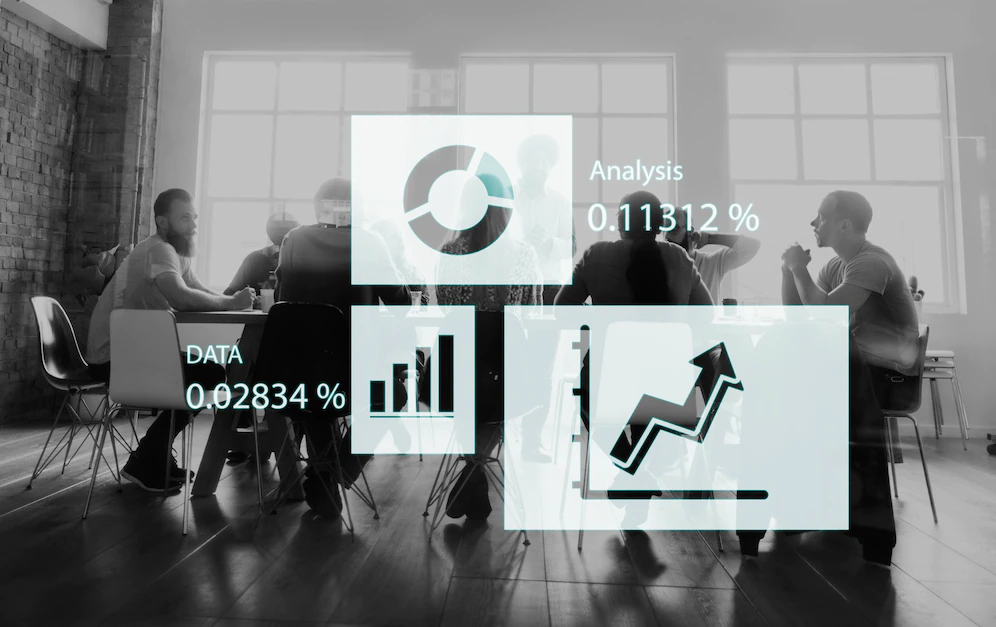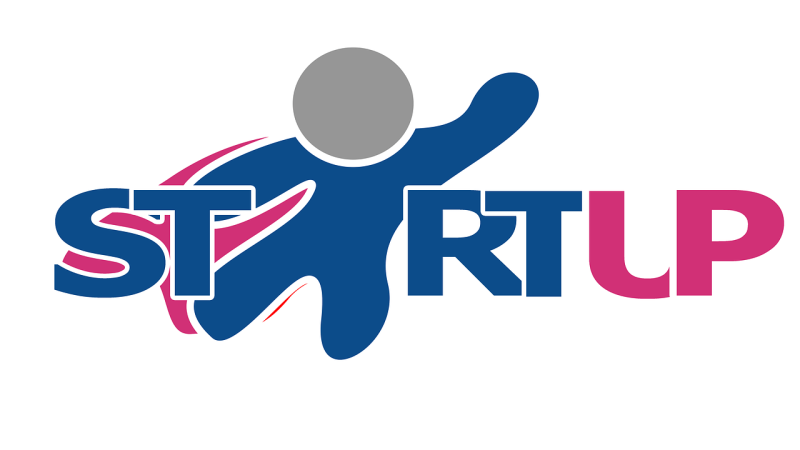5 Differences Between Business Intelligence and Data Analytics

Business intelligence (BI) is an area of data analytics that primarily focuses on the internal business operations of a company. Business intelligence has traditionally been associated with information gathered by an organization’s employees and then presented to make better decisions in order to improve business processes.
The difference between BI and data analytics is that the latter focuses not just on gathering information but also on analyzing it in order to glean insights, trends, and opportunities that can be used to improve performance through the development of new business models or even entire industries.
What is Business Intelligence?
Business intelligence (BI) is a term used to describe the combination of business processes, data warehousing, analysis and reporting, and information management to create an intelligent system that can provide timely decision support. Data analytics is a subset of BI that uses mathematical and statistical methods to analyse data in order to discover insights that can be used to improve decision making.
Business intelligence software provides users with the ability to monitor critical business processes and make informed decisions quickly. BI software helps businesses monitor performance, identify problems early, optimize resources, and make better decisions by providing actionable intelligence.
How Business Intelligence can be Used
Business intelligence (BI) is a process and an approach to collecting, managing, analyzing, and presenting data that helps an organization make better decisions. Data analytics is the application of business intelligence tools to data in order to improve decision-making. However, if you want to grow your company, learn how to dominate your market, and climb the Google search engine rankings, then Incrementors business development services may assist you in controlling your market through market capture.
There are many different types of business intelligence tools available, each with its own benefits and drawbacks. The most common types of BI tools include: relational databases, text analysis engines, reporting tools, visualisation engines, and big data platforms.
Relational databases are the most common type of BI tool because they provide a flat structure that can be easily queried and analyzed. They are also well-suited for the storage of large amounts of data. However, they do not allow for as much flexibility as other types of BI tools when it comes to designing reports or creating graphs.
Also Read: How Does Blockchain Overcome The Drawbacks Of The Traditional E-Commerce Industry?
Text analysis engines allow users to analyze text documents for trends or patterns. They can also be used to extract information from documents, such as contact information or product descriptions. This type of BI tool is useful for extracting information that is not directly related to business operations.
Report generation tools allow users to create custom reports based on the data collected by the BI tool. These reports can be used to generate graphs or tables that illustrate the data collected by the BI tool. report generation tools also allow users to export their reports into different formats such as PDF or Excel so that they can be shared with other members of the organization.
What is Data Analytics?
Data analytics is the process of using data to improve decision making. It can be used by businesses to understand their customers and products, optimize business processes, and make smarter decisions. Business intelligence (BI) is a subset of data analytics that focuses on helping business users explore and analyse their data. Data mining is another subset of data analytics that uses techniques such as artificial intelligence (AI) or machine learning to find insights in large datasets.
Data analytics can be used by businesses in a number of ways, including:
1. Understanding customers. Data analytics can help businesses understand their customers better by tracking their behaviour and understanding their needs. This information can then be used to design more customer-focused products and services.
2. Optimizing business processes. Data analytics can help businesses optimize their business processes in order to make them more efficient and effective. This can save time and money, and improve the quality of the products and services offered by the business.
3. Making smarter decisions. Data analytics can help businesses make smarter decisions by providing them with information about the past and current state of the business. This information can help them make informed predictions about future events, which can then be used to make smart decisions.
How Data Analytics can be used
Business intelligence (BI) is the process of extracting meaning and insights from data to make informed decisions. Data analytics, on the other hand, is the application of advanced mathematical and statistical techniques to solve problems with data. The two terms are often used interchangeably, but they have distinct purposes and capabilities.
One key difference between BI and data analytics is that BI relies on pre-existing knowledge about the data in order to make deductions. Data analysts, on the other hand, don’t have this pre-existing knowledge and must use their skills to analyse data using various tools and techniques. However, if you want to use your website to expand your business and keep a solid consumer base, then Incrementors SEO web marketing can help you with expanding your website and making a new client base.
Another key distinction between BI and data analytics is that BI emphasizes quality over quantity. Data analytics, on the other hand, typically revolves around increasing the quantity of data while maintaining its quality. This can be done by cleansing it of impurities or by finding specific trends within it.
A final key difference between BI and data analytics is that BI usually only applies to information that’s stored in a structured format. Data analytics, however, can be used for any type of information, including unstructured data such as text or images.
Data analytics can be used in a number of ways to help businesses improve their operations.

Some of the most common uses include:
1. Data discovery: Data analytics is used to uncover patterns and trends in data that hadn’t been noticed before. This can help businesses make better decisions by giving them more information than they had before.
2. Data analysis: Data analysis is used to identify the best methods for using data to achieve specific goals. This can help businesses save money by making better decisions about how to use resources, and it can also help them identify new opportunities for growth.
3. Data visualisation: Data visualisation is used to make data easier to understand by displaying it in a way that’s visually appealing. This can help businesses make better decisions by providing them with insights that they wouldn’t have otherwise been able to see.
Also Read: Analyzing the Top 10 Advantages Of ReactJS
Conclusion
Business intelligence and data analytics are two of the most popular terms being used today in the business world. But what do they actually entail? In this article, we will explore the key differences between these two disciplines and help you decide which one is right for your business. We’ll also provide a few tips on how you can start using BI and DA to improve your business performance.






